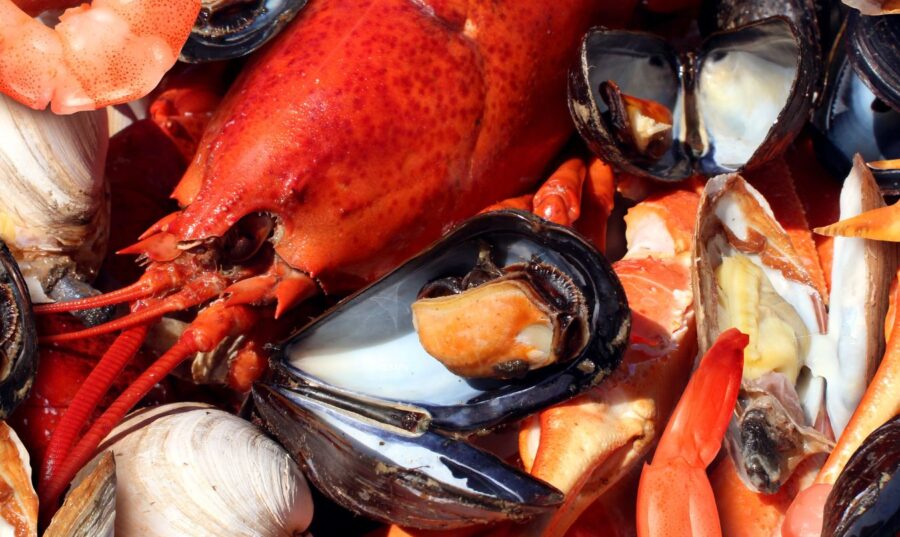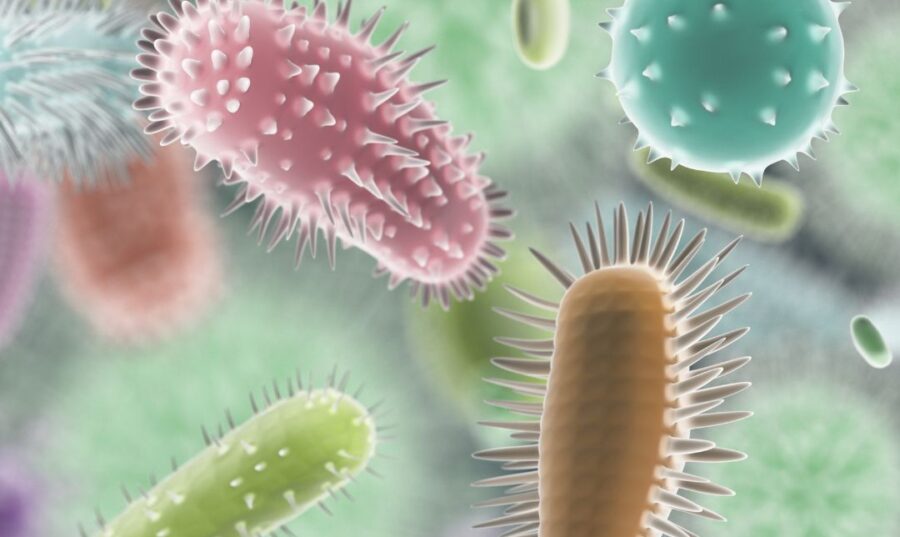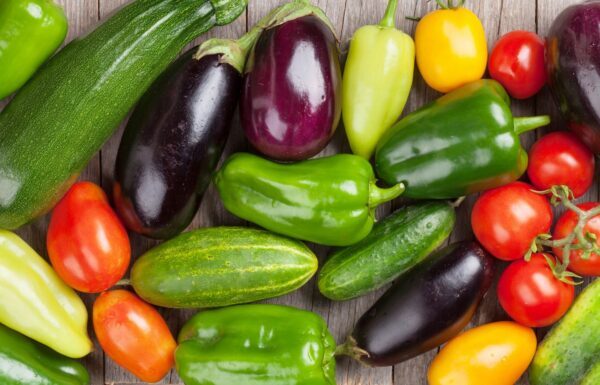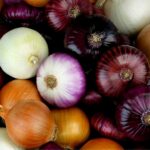|
Getting your Trinity Audio player ready...
|
La mayoría de los microorganismos patógenos pueden crecer a temperatura ambiente. Sin embargo, algunos pueden crecer a temperatura de refrigerador, es decir a 40° F (4.4° C) o menos. Por ejemplo, las bacterias listeria monocytogenes, yersinia enterocolitica y clostridium botulinum puede crecer muy bien en dicho ambiente frío. Mientras que la escherichia coli STEC, salmonella y clostridium perfringens, crecen mejor a temperatura ambiente.
The nine microorganisms commonly transmitted through food according to the Centers for Disease Control and Prevention are: campylobacter, cryptosporidium, cyclospora, listeria, salmonella, STEC and non-STEC escherichia coli, shigella, vibrio and yersinia. En cualquiera de las temperaturas (ambiente o refrigerador) la presencia de estos microorganismos en los alimentos por regla general, It won't make food smell or taste bad.
Although cooking at the appropriate temperatures kills bacteria, some, such as Staphylococcus aureus and Clostridium perfringens, produce heat-resistant toxins. Furthermore, not only bacteria produce toxins, but viruses and fungi, which also defy heat. The toxins created by these microorganisms are poisonous (toxic) substances to humans.
Don't trust your nose to detect harmful microorganisms in food.
If you've left food at room temperature for too long, don't assume that reheating it will make it safer. Bacteria can double in as little as 20 minutes at temperatures between 40⁰ and 140⁰ F (4.4° to 60° C,), known as the food safety danger zone. If you don't save leftovers within two hours of cooking, you should throw them away. If the room temperature is above 90⁰ F, as is the case in summer in tropical countries, the food should be refrigerated within one hour after cooking.
Rule 2 hours, 2 inches, 4 days – for handling leftover food
- 2 hours from oven or stove to refrigerator. Leftover food should be refrigerated within 2 hours after cooking. Otherwise, throw them away.
- 2 inches wide for fast cooling. Leftover food should be placed in shallow containers, about 2 inches, to speed cooling. This will prevent the food from being in the danger zone and microorganisms from growing.
- 4 days maximum in the refrigerator or else freeze them. Leftover food stored in the refrigerator should be consumed within 4 days of storage. If you know that you are not going to use them in that time, you should store them in the freezer. Foods are reheated to 165⁰ F (71° C) and liquids to boiling temperature (212° F or 100° C).
In addition to the 2-2-4 Rule, prevention of foodborne illness includes proper food handling and cooking to proper temperatures.










